

Articles
How To Choose A Duvet
Modified: February 29, 2024
Looking for articles on how to choose a duvet? Discover expert advice and tips to find the perfect duvet for a comfortable and cozy sleep.
(Many of the links in this article redirect to a specific reviewed product. Your purchase of these products through affiliate links helps to generate commission for Storables.com, at no extra cost. Learn more)
Introduction
Choosing the right duvet can significantly impact your quality of sleep and overall comfort. With so many options available in the market, it can be overwhelming to find the perfect duvet that aligns with your preferences and needs. In this article, we will explore the key factors to consider when choosing a duvet, including size options, materials, seasonal ratings, fill options, allergy considerations, and care and maintenance. By understanding these factors, you can make an informed decision and find the ideal duvet for a restful and cozy night’s sleep.
Key Takeaways:
- Choose the right duvet by considering comfort, climate, bed size, personal preference, and budget. Understanding these factors ensures a cozy and restful night’s sleep tailored to your needs.
- Proper care and maintenance are essential for a long-lasting, fresh duvet. Follow manufacturer’s instructions, protect with a duvet cover, and regularly air out to maintain quality and cleanliness for optimal sleep comfort.
Read more: How To Choose A Duvet Insert
Factors to Consider When Choosing a Duvet
When selecting a duvet, there are several important factors to take into account to ensure that it suits your individual needs and preferences. These factors include:
- Comfort: Comfort should be your top priority when choosing a duvet. Consider whether you prefer a soft and fluffy duvet or one with more weight and structure. Additionally, think about your personal sleeping preferences such as whether you sleep hot or cold, as this will impact the choice of material and fill.
- Climate: The climate in which you live has a significant impact on the type of duvet you should choose. If you reside in a colder climate, you may want a duvet with a higher tog rating or one specifically designed for winter use. Conversely, if you live in a warmer climate, a lighter duvet or one suitable for summer may be more appropriate.
- Bed Size: It is essential to consider the size of your bed when selecting a duvet. Standard sizes include single, double, king, and super king. Choosing the correct size ensures that your duvet fits your bed snugly and provides optimal coverage.
- Personal Preference: Everyone has unique preferences when it comes to duvets. Some individuals prefer natural materials like cotton or down, while others may prefer synthetic materials for various reasons, including allergies or ethical considerations. Identify your personal preferences to narrow down your choices.
- Budget: Duvets come in a wide range of prices. Set a budget that you are comfortable with and look for duvets within that price range. Remember to consider the durability and longevity of the duvet when evaluating its value for money.
By considering these factors, you can narrow down your options and find the perfect duvet that meets both your practical needs and personal preferences.
Size Options for Duvets
Choosing the right size duvet is crucial to ensuring optimal comfort and coverage. Duvets come in various sizes to accommodate different bed dimensions. Here are the common size options for duvets:
- Single: A single duvet is suitable for a standard single bed, typically measuring around 90cm x 190cm (36″ x 75″). It provides enough coverage for one person.
- Double: A double duvet is designed for a double bed, which is usually around 135cm x 190cm (54″ x 75″). It provides coverage for two people, ensuring both individuals stay warm and comfortable throughout the night.
- King: A king-size duvet is larger than a double duvet, measuring approximately 150cm x 200cm (60″ x 78″). It offers generous coverage for two people in a larger bed, allowing for ample movement and comfort.
- Super King: Super king duvets are the largest size available, ideal for extra-large beds. They typically measure around 180cm x 200cm (72″ x 78″). The super king duvet provides luxurious and spacious coverage for those who prefer a larger sleeping area.
It is important to choose the correct size duvet that corresponds to the dimensions of your bed. Selecting a duvet that is too small may leave you feeling cold and uncomfortable, while opting for a duvet that is too large can lead to excess fabric and an awkward fit. Additionally, consider the depth and thickness of your mattress to ensure that the duvet can adequately cover the entire bed. Taking these factors into consideration will help you find the perfect size duvet for a cozy and restful night’s sleep.
Materials Used in Duvets
The material used in a duvet plays a crucial role in its overall comfort, breathability, and durability. There are several options available to choose from, each with its own unique characteristics. Here are some common materials used in duvets:
- Cotton: Cotton is a popular choice for duvet covers and fillings due to its natural breathability and softness. It is hypoallergenic, making it suitable for individuals with allergies or sensitive skin. Cotton duvets are lightweight and provide excellent temperature regulation, keeping you cool in the summer and warm in the winter.
- Down: Down is a luxurious and highly insulating material made from the soft feathers found underneath the outer feathers of ducks and geese. Down duvets are known for their exceptional warmth and lightweight feel. They have excellent breathability, allowing for effective moisture-wicking and temperature regulation.
- Synthetic: Synthetic duvets are made from man-made materials such as polyester or microfiber. They offer a more affordable alternative to natural materials and are often hypoallergenic. Synthetic duvets are durable, easy to care for, and retain their shape well over time.
- Silk: Silk duvets are renowned for their luxurious feel and exceptional heat regulation properties. Silk is a natural fiber that is highly breathable, helping to keep you cool in hot weather and warm in cold weather. Silk duvets are hypoallergenic and are suitable for individuals with allergies or asthma.
- Wool: Wool duvets are an excellent option for those seeking natural insulation and moisture-wicking properties. Wool is a breathable material that helps regulate body temperature, keeping you warm in the winter and cool in the summer. Additionally, wool has natural hypoallergenic qualities.
When choosing a duvet material, consider factors such as personal preference, climate, allergies, and budget. Remember that the material used in the duvet cover and filling can vary, so ensure that you read the product descriptions carefully to determine the specific material used in each component. By selecting the right material, you can enjoy a comfortable and restful night’s sleep in your chosen duvet.
Seasonal and Tog Rating for Duvets
When selecting a duvet, it is important to consider the seasonal needs and temperature preferences for optimal comfort throughout the year. One way to gauge the warmth and insulation provided by a duvet is through its tog rating. Tog rating measures the duvet’s thermal performance, indicating how effectively it retains heat. Understanding the seasonal and tog rating system will help you choose the right duvet for every season.
Seasonal duvets are typically categorized into three main types:
- Summer Duvets: Summer duvets are designed to provide minimal insulation and are perfect for warmer seasons. They have a low tog rating, typically ranging from 1.5 to 4.5. These duvets are lightweight and breathable, keeping you comfortably cool during hot summer nights.
- Spring/Autumn Duvets: Spring and autumn duvets offer a moderate level of warmth suitable for transitional seasons. They have a medium tog rating, typically ranging from 7 to 10. These duvets provide a balance between insulation and breathability, ensuring a comfortable sleep during cooler nights.
- Winter Duvets: Winter duvets are designed to keep you warm and cozy during the cold winter months. They have a high tog rating, usually ranging from 12 to 15 or higher. These duvets provide exceptional insulation by trapping heat, allowing you to stay comfortably snug on even the coldest nights.
It is worth noting that personal preference, room temperature, and other factors can affect your ideal tog rating. If you tend to feel warmer or colder than average, you may need to adjust accordingly. Additionally, some duvets offer versatility by providing buttons or ties to connect multiple duvets of different tog ratings, allowing you to customize the warmth level to your liking.
Consider the climate in your area and your personal temperature preferences when choosing a duvet based on the seasonal and tog rating system. By selecting the appropriate duvet for each season, you can ensure comfort and a restful night’s sleep, no matter the weather.
When choosing a duvet, consider the fill power. A higher fill power indicates better insulation and fluffiness, while a lower fill power is lighter and more breathable.
Duvet Fill Options
When choosing a duvet, one important consideration is the type of fill material used. The fill material not only affects the duvet’s overall comfort and insulation but also influences factors such as breathability, weight, and durability. Here are some common duvet fill options to consider:
- Down Fill: Down-filled duvets are made from the soft, fluffy clusters found beneath the feathers of ducks or geese. Down is lightweight, highly insulating, and provides excellent warmth retention. It is known for its luxurious feel and ability to conform to the body, providing a cozy and enveloping sleep experience. Down duvets with a higher fill power offer superior loft and insulation.
- Feather Fill: Feather-filled duvets typically contain a blend of feathers and down. While feathers provide structure and support, down provides softness and insulation. Feather-filled duvets are more affordable than pure down options and offer a balance between comfort and support.
- Synthetic Fill: Synthetic-filled duvets are made from man-made materials such as polyester or microfiber. These fill materials aim to mimic the properties of down, providing warmth and comfort at a more affordable price point. Synthetic duvets are hypoallergenic, lightweight, and easy to maintain. They offer a good alternative for those with allergies or ethical concerns.
- Wool Fill: Wool-filled duvets are known for their natural breathability and temperature-regulating properties. Wool can effectively wick away moisture and regulate body temperature, keeping you cool in summer and warm in winter. Wool duvets are hypoallergenic, resistant to dust mites, and offer natural insulation and comfort.
- Cotton Fill: Cotton-filled duvets are a natural and breathable option for those who prefer a lightweight and hypoallergenic fill. Cotton is highly breathable, allowing air circulation and heat dissipation for a cool and comfortable sleep. Cotton duvets are easy to care for and suitable for individuals with allergies or sensitivity to other fill materials.
When choosing a duvet fill, consider factors such as warmth, weight, breathability, and personal preferences. It’s worth noting that some duvets offer a combination fill, such as a blend of down and feathers or synthetic materials, to provide a balance of comfort, support, and affordability. Assessing your sleeping needs and considering these fill options will help you select a duvet that provides the ideal balance of comfort and insulation for a restful night’s sleep.
Allergy Considerations for Duvets
Allergies can significantly impact your sleep quality and overall comfort. When choosing a duvet, it is crucial to consider any potential allergy concerns to ensure a restful and irritation-free sleep experience. Here are some allergy considerations to keep in mind:
- Down and Feathers: While down and feathers are natural and luxurious fill options, they can potentially cause allergies or trigger respiratory issues in some individuals. If you are allergic to down or feathers, it is best to opt for synthetic or alternative fill materials that are hypoallergenic and resistant to dust mites.
- Synthetic Fill: Synthetic-filled duvets are generally hypoallergenic and less likely to cause allergic reactions. They are resistant to dust mites and other common allergens, making them suitable for individuals with allergies and respiratory sensitivities. Synthetic fills also tend to be more affordable and easier to care for.
- Anti-Allergenic Treatments: Some duvets undergo anti-allergenic treatments that reduce the risk of allergic reactions. These treatments can include hypoallergenic finishes or materials treated with specific chemicals to inhibit dust mites or other allergens. Look for duvets that are certified or labeled as hypoallergenic or allergy-friendly.
- Encasing Covers: Consider using an encasing cover for your duvet, especially if you have allergies. These covers are designed to create a barrier between you and potential allergens, such as dust mites or pet dander. Encasing covers are usually made of tightly woven fabrics that prevent allergens from passing through.
- Regular Cleaning: Regardless of the type of duvet you choose, regular cleaning is essential to minimize allergens. Follow the manufacturer’s instructions on how to clean and maintain your duvet properly. Washing your duvet regularly can help eliminate dust mites, pollen, and other allergens that accumulate over time.
If you have severe allergies or specific sensitivities, it is always best to consult with your healthcare provider or an allergist for personalized recommendations on selecting a duvet that will suit your needs. They can provide valuable insights and guidance based on your specific allergy concerns.
By considering allergy considerations and taking appropriate steps to minimize allergens, you can create a sleep environment that is safe, comfortable, and conducive to a restful night’s sleep.
Care and Maintenance of Duvets
To ensure that your duvet remains clean, fresh, and in optimal condition, proper care and maintenance are essential. Here are some tips to help you care for and maintain your duvet:
- Follow Manufacturer’s Instructions: Always refer to the care instructions provided by the manufacturer. Different duvets may have specific cleaning recommendations based on the materials used and construction.
- Regularly Air Out: Air out your duvet regularly by hanging it outside or laying it flat in a well-ventilated area. This helps to prevent moisture buildup and keeps the duvet smelling fresh.
- Protect with a Duvet Cover: Invest in a duvet cover to protect your duvet from stains, spills, and dust accumulation. The duvet cover is easily removable and can be washed separately, prolonging the lifespan of your duvet.
- Spot Cleaning: For minor spills or stains, spot clean the affected area immediately using a mild detergent and a soft cloth. Gently blot the stain, avoiding rubbing, as it may spread the stain further. Allow the area to air dry completely before use.
- Professional Cleaning: Depending on the type of duvet, it may need professional cleaning. Check the care instructions to see if dry cleaning or other professional cleaning methods are recommended.
- Washing: If your duvet is machine washable, follow the manufacturer’s instructions for the washing machine settings and temperature. Use a gentle cycle and a mild detergent specifically formulated for down or other fill materials. Ensure that the duvet is thoroughly dry before storing or using it again.
- Storage: When not in use, store your duvet in a breathable bag or in a cool, dry place. Avoid storing it in plastic bags or airtight containers, as this can lead to moisture buildup and musty odors.
- Fluffing: Periodically fluff and shake your duvet to maintain its loft and redistribute the fill. This helps to prevent clumping and maintain optimal insulation.
Remember that proper care and maintenance not only keep your duvet clean and fresh but also prolong its lifespan. Regular cleaning and airing out help remove allergens, dust mites, and other debris, ensuring a healthier sleep environment.
By following these care and maintenance tips, you can enjoy a clean, comfortable, and long-lasting duvet that provides the perfect night’s sleep.
Conclusion
Choosing the right duvet is crucial for achieving a comfortable and restful night’s sleep. By considering factors such as comfort, climate, bed size, personal preference, and budget, you can narrow down your options and find the perfect duvet that suits your needs.
Key considerations when choosing a duvet include the size options available, the materials used in the duvet, the seasonal and tog rating, the fill options, and any allergy considerations. Understanding these factors will help you make an informed decision and select a duvet that provides optimal comfort, insulation, and breathability.
Proper care and maintenance of your duvet are also essential to ensure its longevity and freshness. Following the manufacturer’s instructions, regularly airing out your duvet, protecting it with a duvet cover, spot cleaning when necessary, and storing it properly will help maintain its quality and cleanliness over time.
Remember, selecting the right duvet is a personal choice that depends on your individual preferences, sleeping habits, and specific needs. Take the time to research and explore different options to ensure that you find the perfect duvet that will provide you with the comfort and coziness you deserve.
Investing in a high-quality duvet that meets your specific requirements will not only enhance your sleep quality but also contribute to your overall well-being. With the right duvet, you can enjoy a peaceful and rejuvenating slumber night after night.
Frequently Asked Questions about How To Choose A Duvet
Was this page helpful?
At Storables.com, we guarantee accurate and reliable information. Our content, validated by Expert Board Contributors, is crafted following stringent Editorial Policies. We're committed to providing you with well-researched, expert-backed insights for all your informational needs.
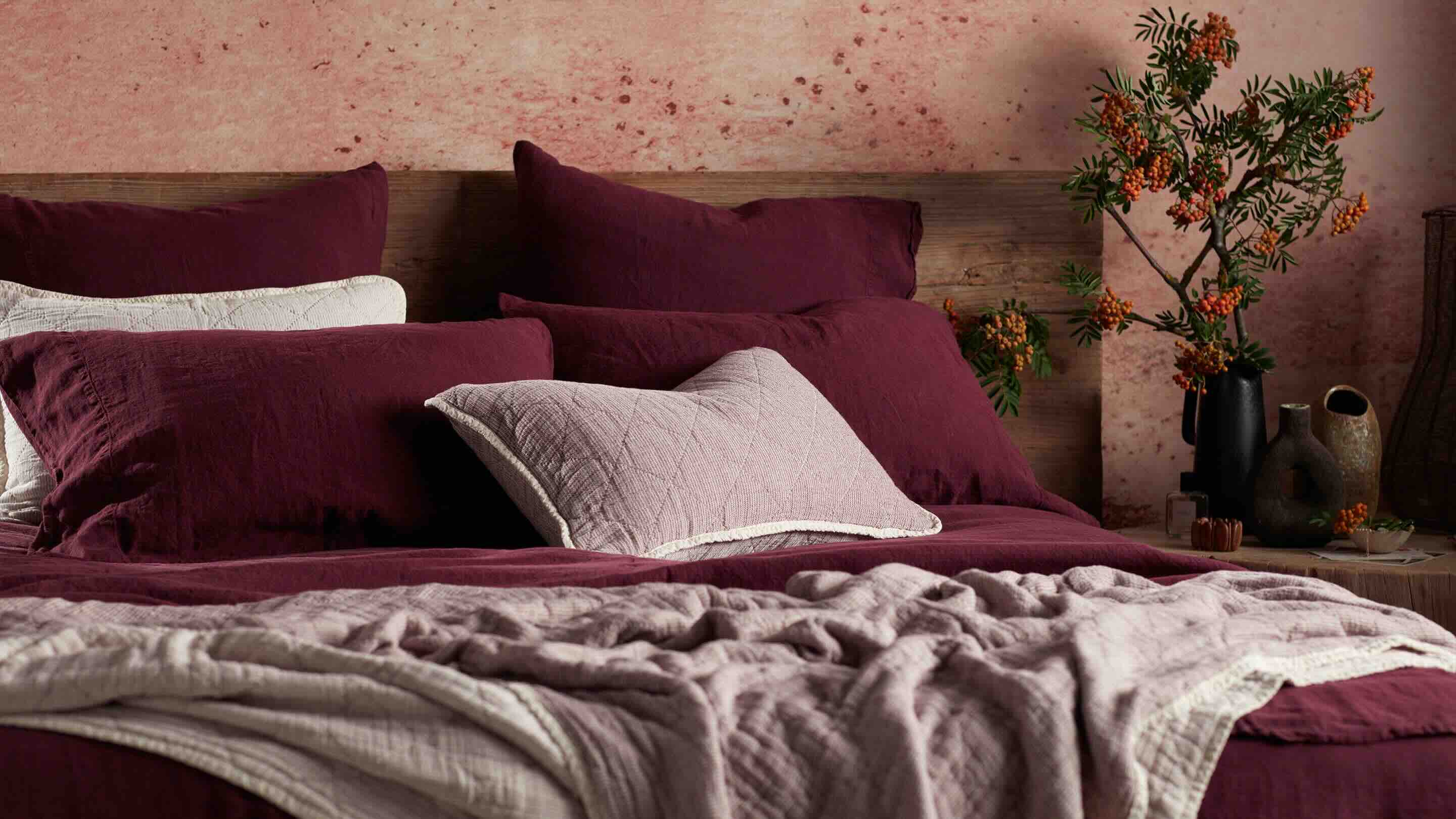
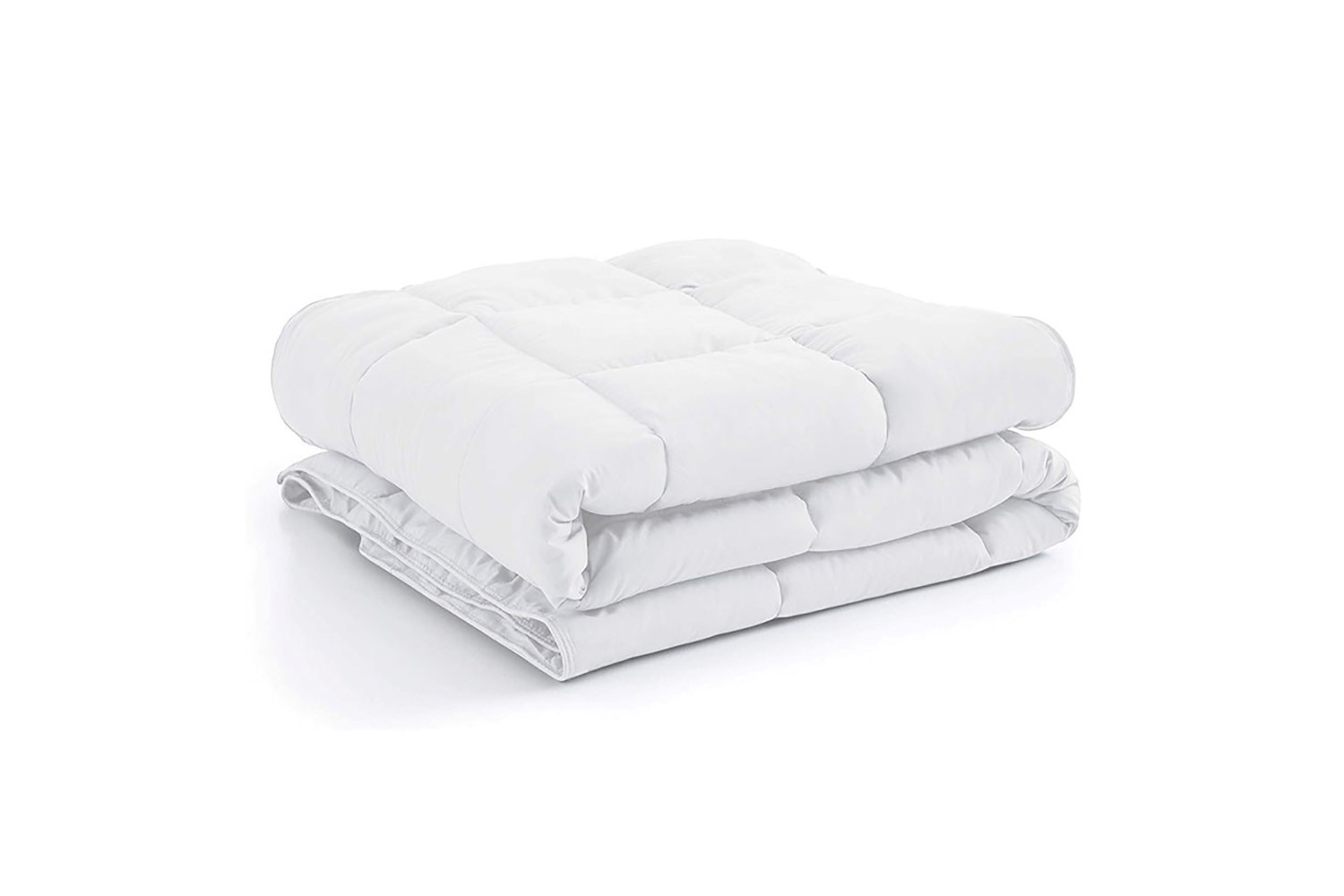
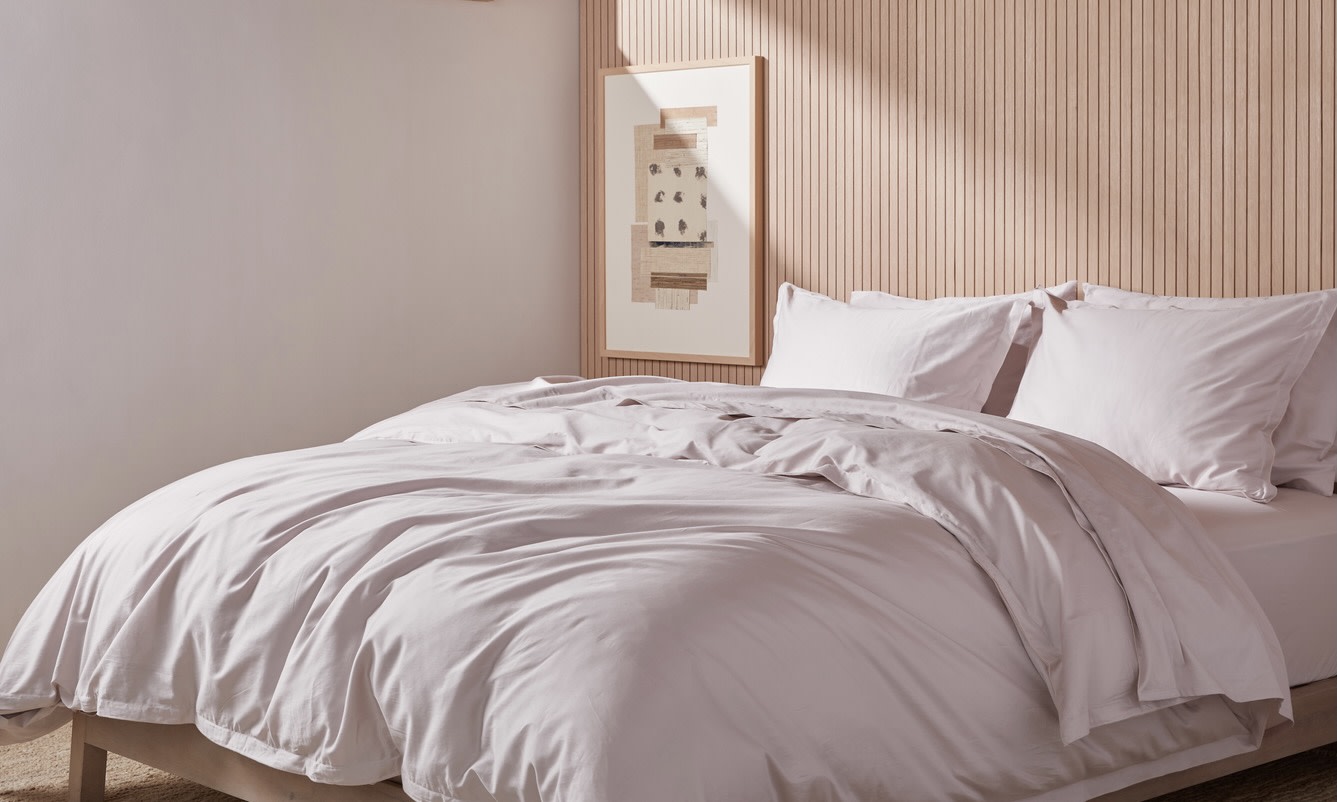
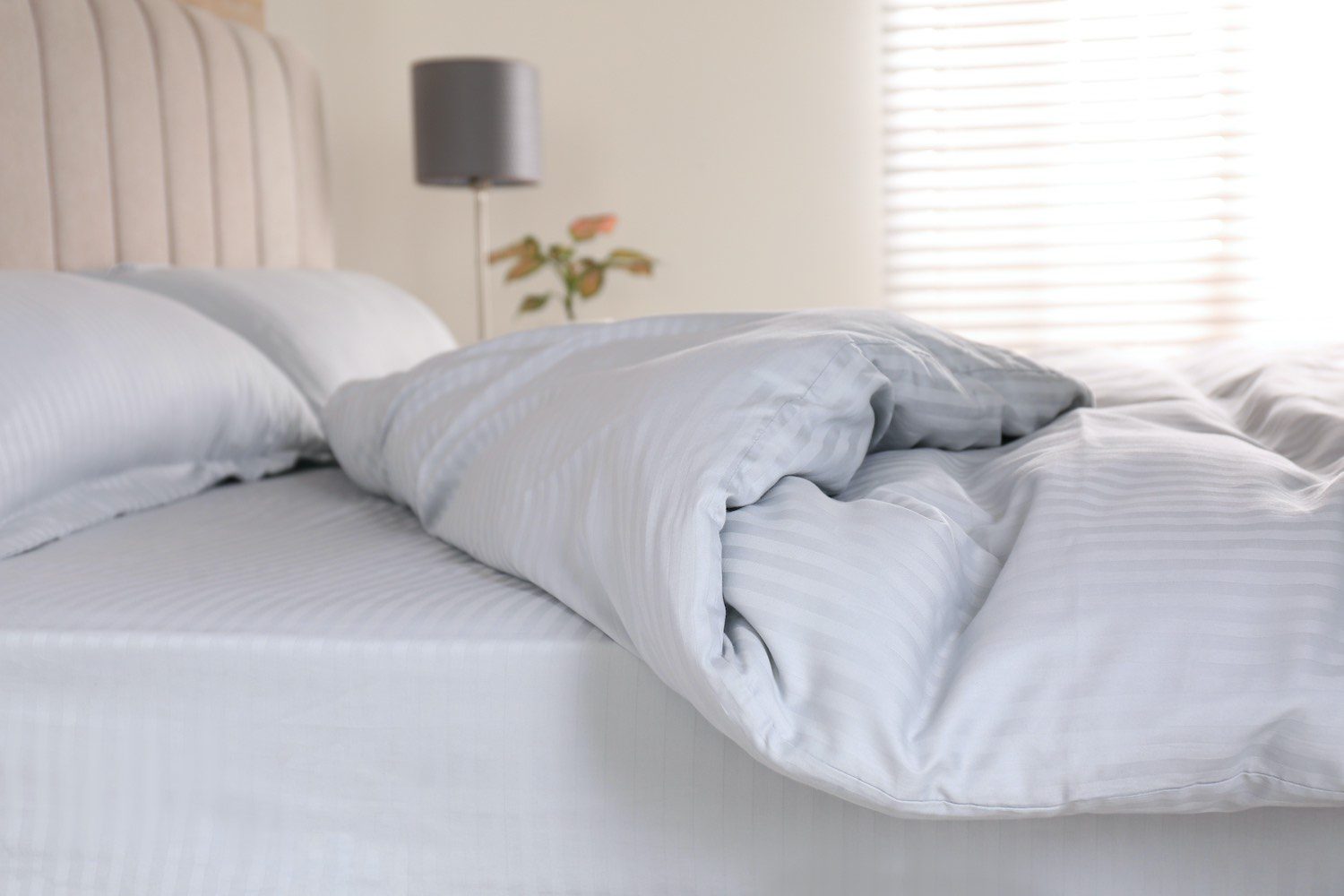
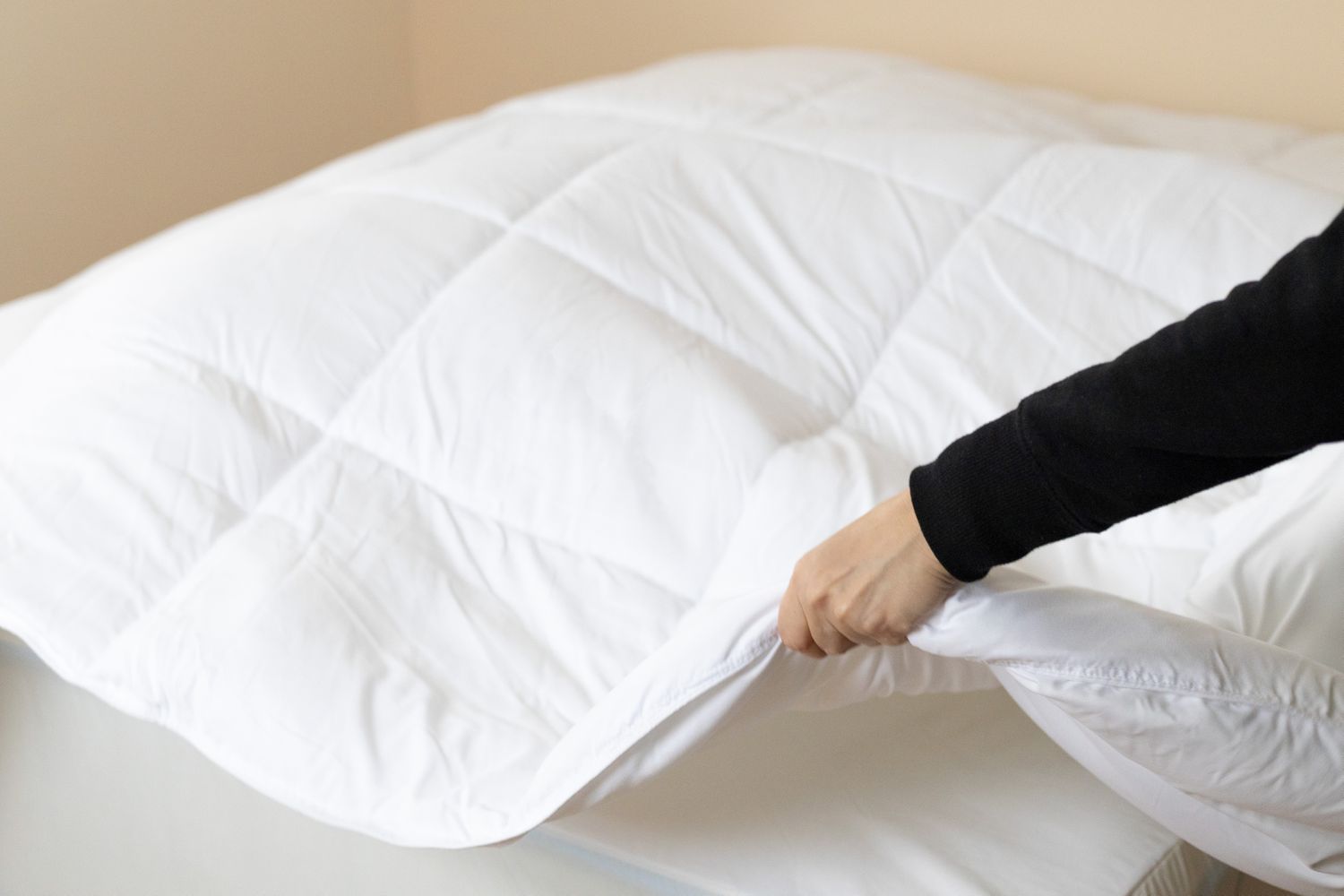
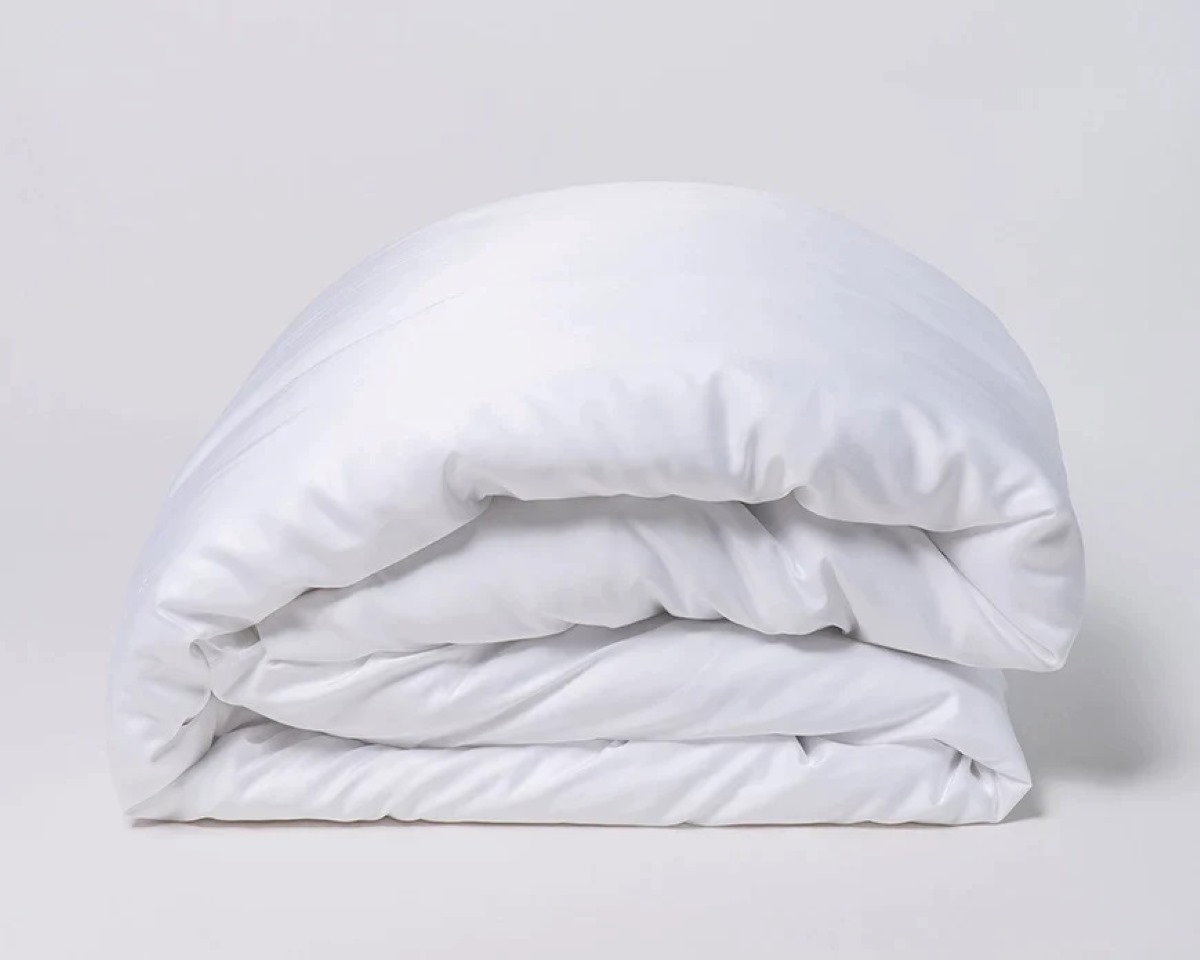
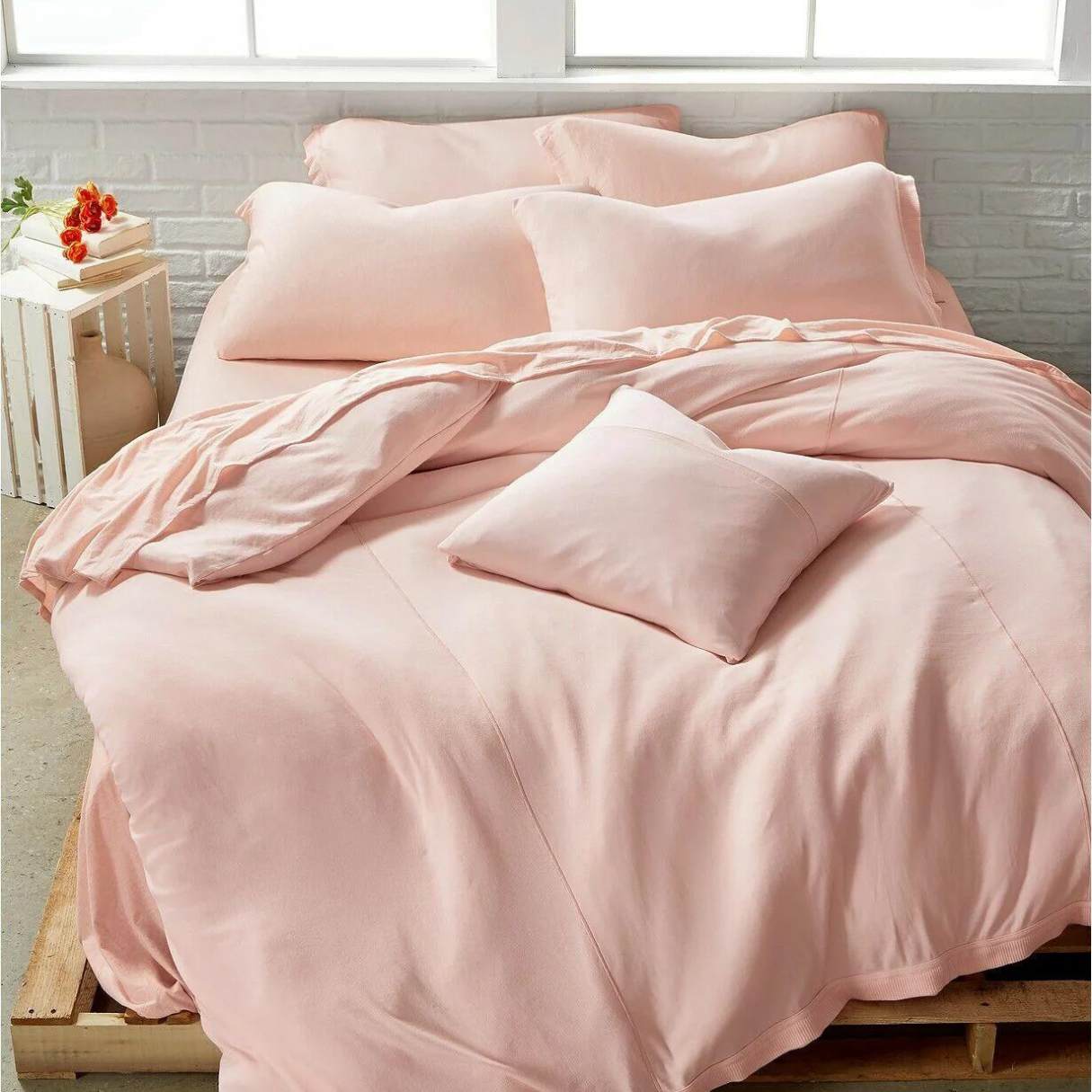
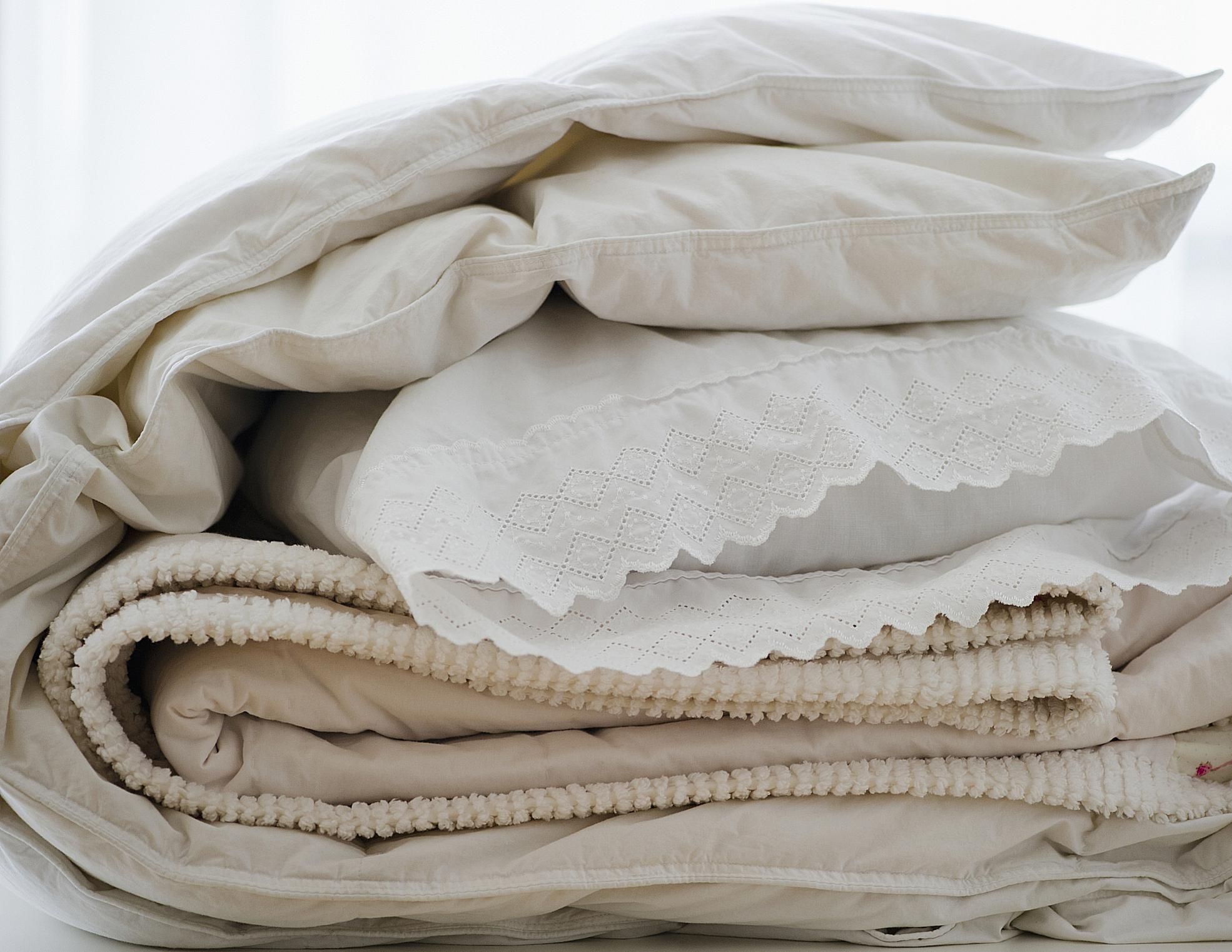
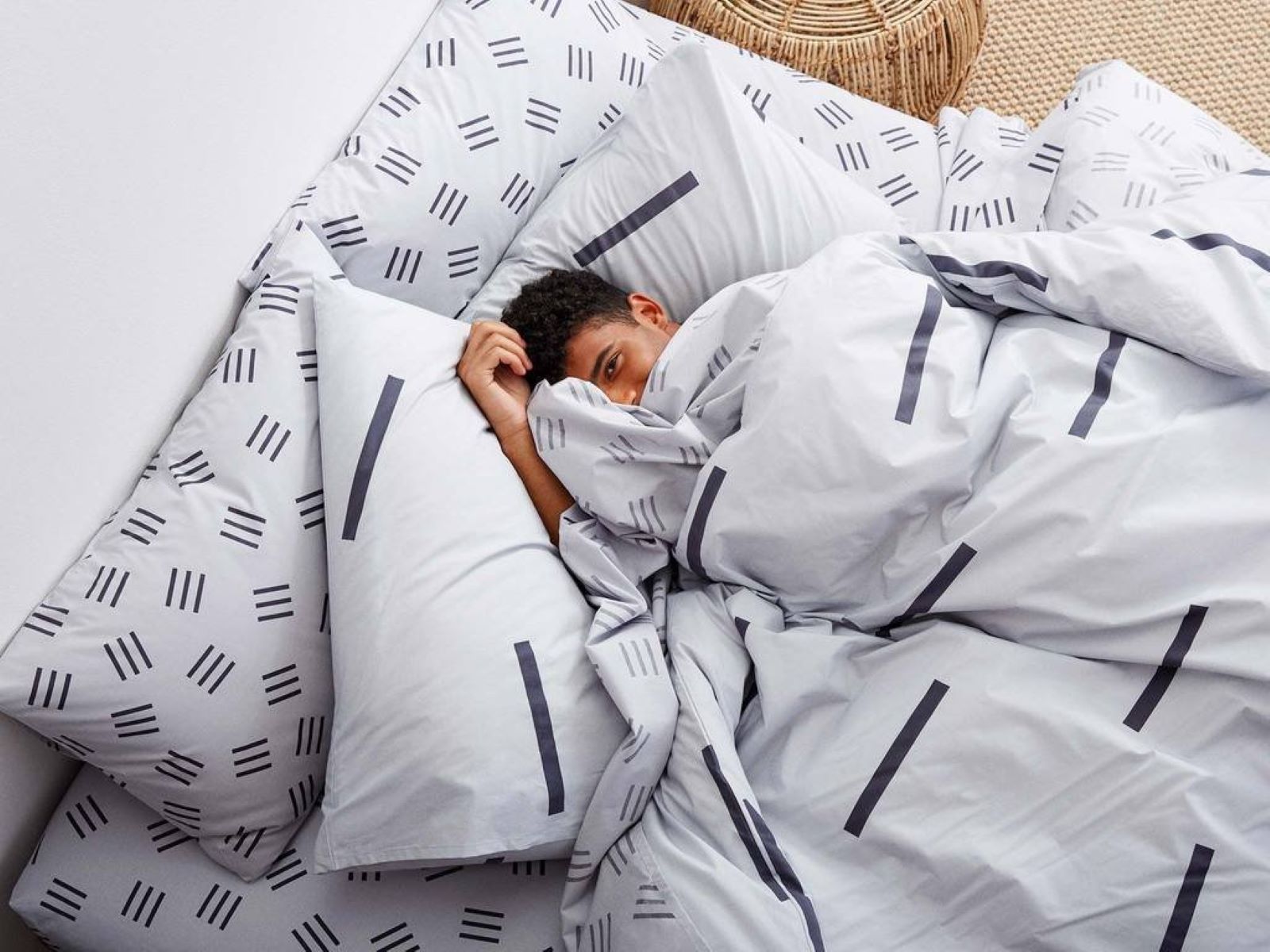



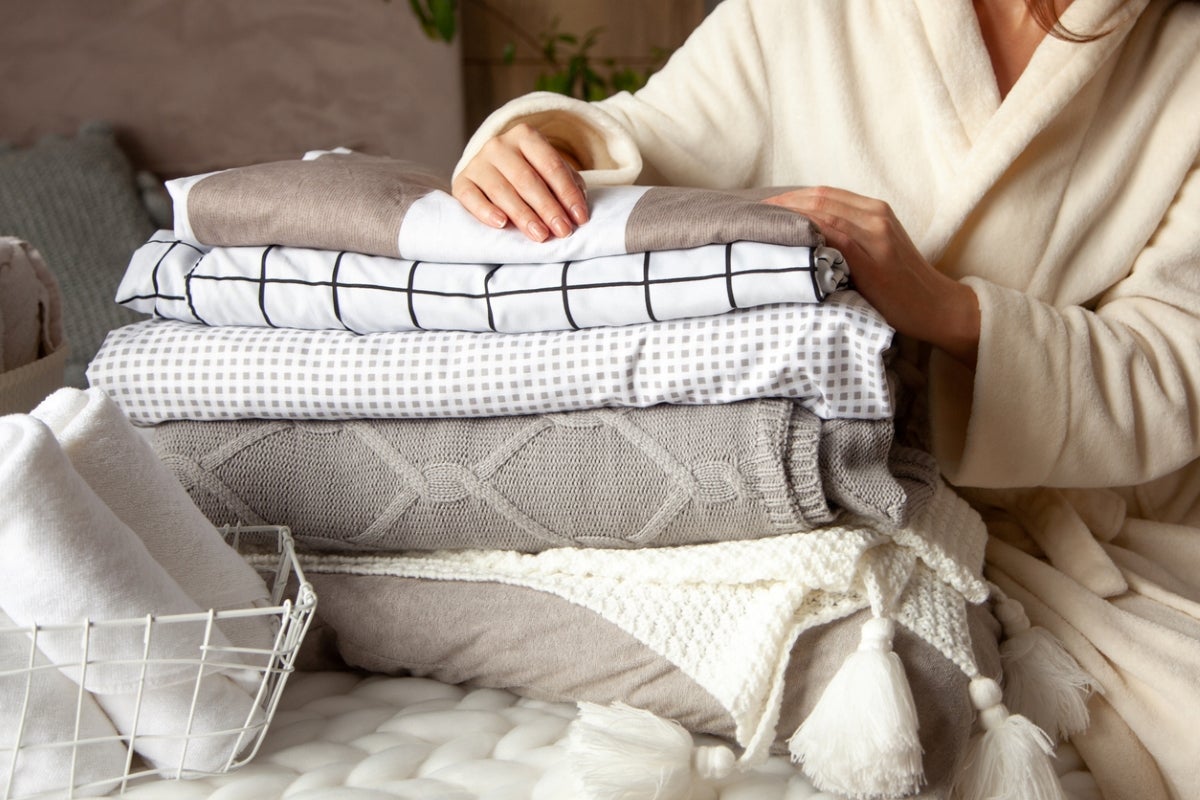
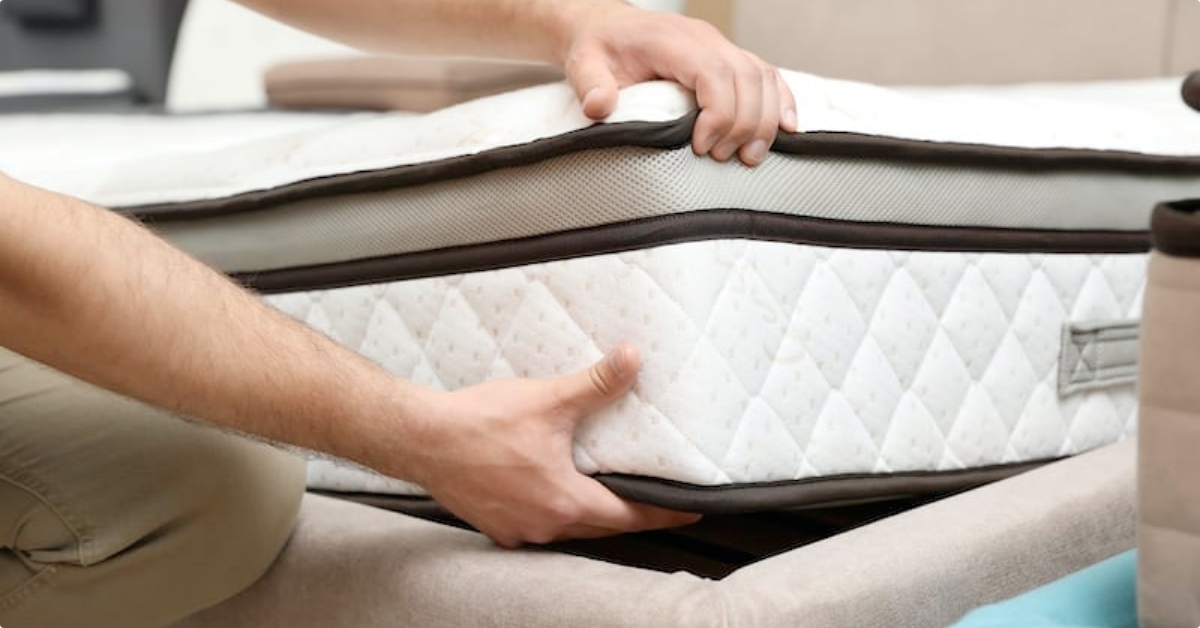

0 thoughts on “How To Choose A Duvet”